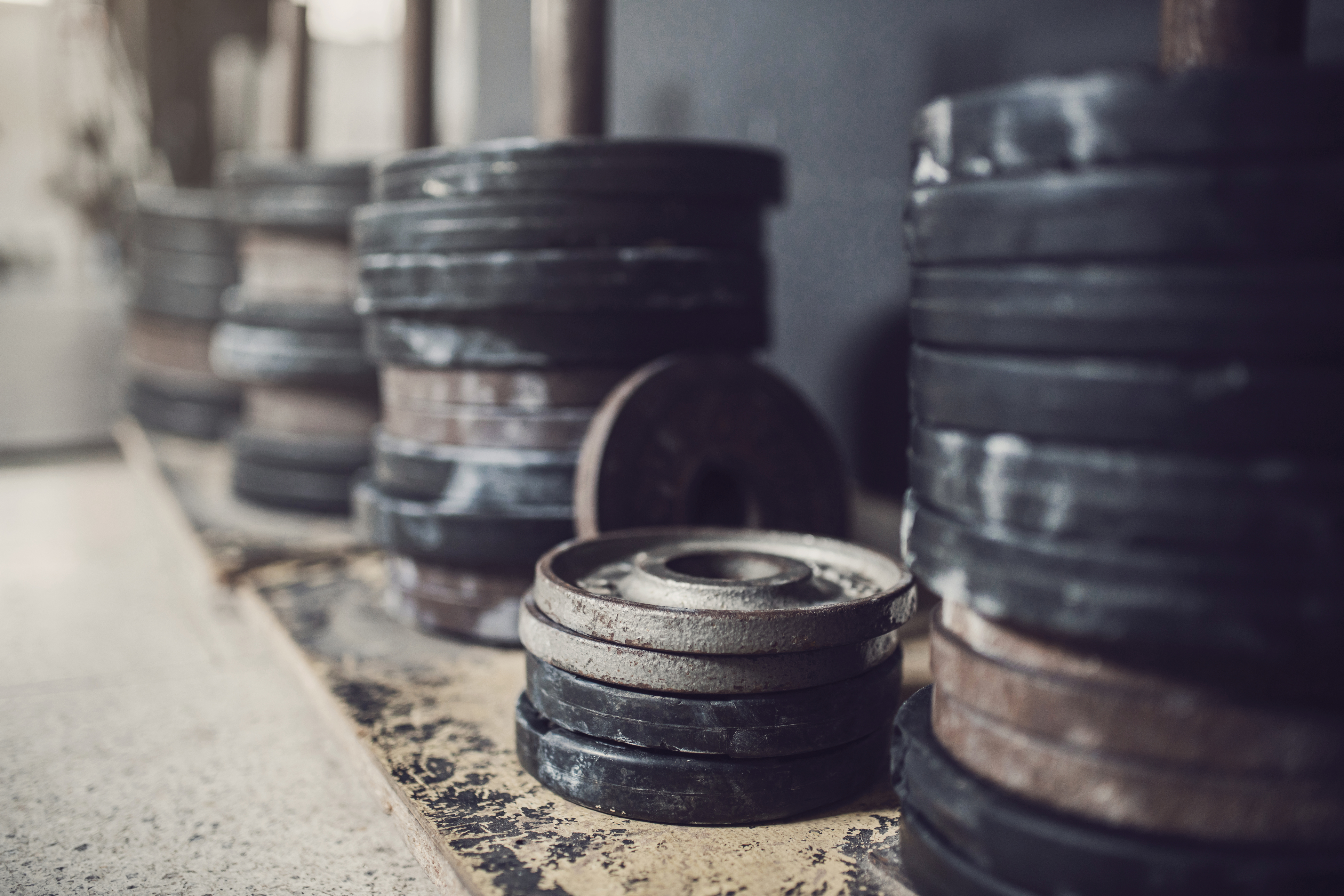Depression is a hot topic these days, particularly following the heavily publicized suicides of fashion designer Kate Space and TV personality Anthony Bourdain. While we may never know the exact reasons why celebrities like this took their own lives, depression is often the impetus.
There are several ways people can fight the symptoms of the disease, and one of them is exercise. Usually, people perform strength training routines to build muscle and achieve overall health. New research shows that weight lifting has an added benefit—it boosts one’s overall mood.
Previous studies have proven that exercise benefits mental health. Endorphins make people feel relaxed and calm. Working out increases blood circulation in the brain, which lowers stress, makes you feel better and produces more focus and productivity. Much of this research connecting exercise and a boost in mood has centred on cardio exercise.
Researchers at the University of Limerick in Ireland examined 33 different studies involving more than 1,800 people to determine how weight lifting affects one’s mood. They determined “resistance exercise training was associated with a significant reduction in depressive symptoms.” The research was published in JAMA Psychiatry.
“There are potential social, cognitive, and neurobiological factors that could help explain how and why resistance training may reduce depressive symptoms,” explained Brett Gordon, a postgraduate researcher at the University of Limerick and lead author on the study.
People who lift weights may benefit from the social bonding they experience at the gym, or they could experience a placebo effect because they know exercise is supposed to make you feel better.
The good news is that people don’t have to be hardcore lifters in order to achieve these benefits. Regardless of whether participants did strength training every day or just a couple times a week, symptoms of depression decreased.
Strength training offers a lot of benefits, including improving one’s memory. Some of the routines men can focus on are squats, deadlifts, bench presses and assistant lifts using barbells. Beginners should keep it simple by lifting and lowering the weights in a controlled manner.
To track improvement, experts advise keeping an exercise log. That way you will remember the number of reps you achieved on a particular exercise with a particular amount of weight, and you can strive to improve that number.
Other moves that can be incorporated into a strength training routine include kettlebell swings, suspended pushups, pull-ups, barbell overhead presses, and barbell hip thrusts


